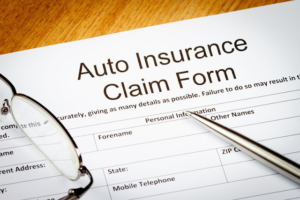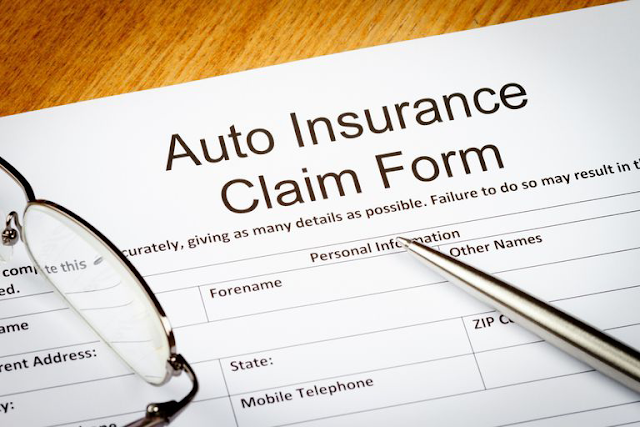Crawford Frazer
There are a number of things to worry about when you’re involved in an auto accident. Was anyone injured? Is your car OK? Was the other car damaged? And what happens next? For many, what happens next is the auto insurance claims process. But it doesn’t have to be a bureaucratic headache if you know what to expect.

Prepare yourself now
The best advice is to be prepared for an accident. The actions you take immediately after a crash can smooth out the claims process.
Edmunds.com and GMAC Insurance have some helpful tips:
- Always keep your license, registration and insurance card handy.Make sure your insurance information is current.
- Maintain an accident kit. To properly document what happens, you’ll need a pen, paper and camera. Make sure these items are stowed in your glove compartment.
- Exchange personal information. For each person involved in the accident, record names, addresses, phone numbers, auto insurance companies, policy numbers and driver’s license numbers.
- Record car information. Write down the year, make, model, license plate number, color and location (at the time of the accident) of every car involved. This includes cross streets and landmarks.
- Photograph the accident. Take photos to document all damage, as well as the location of each car.
- File an accident report.Call the police and file a report. If an officer does not arrive, file a report at the local police station or your state’s motor vehicle department. Don’t discuss the accident with others, except the authorities and your auto insurance agent.
And then what?
Once all of the steps above have been taken, you’ll likely have to wait for the insurance companies to work things out.
According to GEICO, here’s what’s going on behind the scenes:
- The liability examiner will review both the insurance policy and the coverage to determine what types of damage or injuries are covered.
- Then, the liability examiner will try to contact everyone involved, including witnesses, to get the full account of the accident.
- If there are any discrepancies, the examiner will schedule more in-depth interviews with each person to obtain more facts.
- Next, the liability examiner gathers all relevant information, like the police report, information about state and local traffic laws, photos of the scene and details of all the vehicles involved.
- Once the facts have been compiled and reviewed, the liability examiner determines the cause of the accident and handles the claim accordingly.
You can’t change the process your insurance company — or the other driver’s insurer — follows. You can, however, make the auto insurance claims process move as quickly as possible by being prepared and supplying as much evidence as you can. Be sure to keep track of all paperwork, and maintain a file until your claim has been settled.

2 thoughts on “The auto insurance claims process doesn’t have to be a bumpy ride”